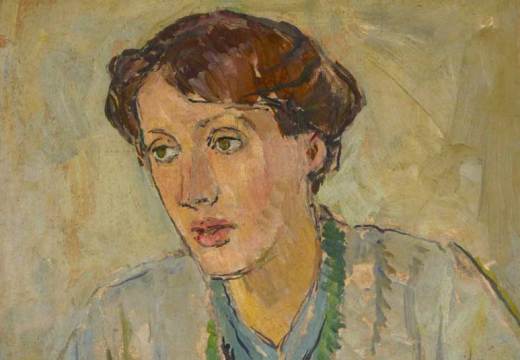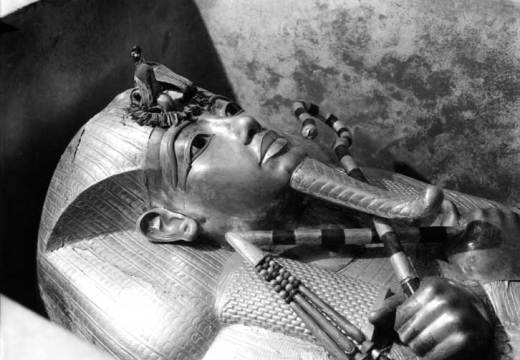The world in which art is created, bought, sold and exhibited can sometimes, as Alia Al-Senussi points out, seem like an hermetic society sealed to outsiders. The professionalisation of the international art world, the ascent of the upper end of the market into the stratosphere, and the commercial benefits to be enjoyed by those who consider art only in terms of its potential as a short-term investment are sometimes taken as reasons to despair over the future of art. How will it be possible, when museums are squeezed between diminished acquisitions budgets and rising prices, for them to survive? And where is the new generation of responsible collectors and patrons working to create a sustainable environment for the production and exhibition of art?
The continuing good health of institutions, galleries and the artists they support depends on their ability to engage a new generation of art lovers: including collectors, supporters and patrons. Alia Al-Senussi is among those seeking to build bridges between the institutional art world and the under-40s on whom its long-term future depends. She is a pioneer of the ‘young patrons groups’ that represent an important new funding stream for organisations including the Tate, the Serpentine Galleries and Parasol Unit. ‘How,’ she asks me, ‘can institutions make themselves approachable to a new generation?’ One answer is to reach out to the members of these groups, the art world’s ‘future gallerists, donors and board members’. Talks, events and museum visits are means of encouraging museums to build long-term relationships with new patrons – many of whom work in other professions or cultures, or come from other backgrounds – who are eager to learn about, and ultimately collect art.
Energetic, bright and exceptionally articulate, Alia Al-Senussi is a remarkable ambassador for a peer group often viewed with suspicion by those more established in the art world. Her academic background in International Relations, Political Science and Middle East Studies – with postgraduate qualifications from first Brown University and then the London School of Economics, she is now working towards her PhD at London’s School of Oriental and African Studies – has shaped her attitude towards art. A ‘firm believer in the power of cultural diplomacy’, she first ‘fell in love with the idea of art in the nexus of politics and international relations’ when working with Emilia and Ilya Kabakov in Siwa, Egypt, on the completion of their first Ship of Tolerance (exhibited at the Sharjah Biennale in 2010). Recommended for her job on the strength of her understanding of Middle East relations rather than art, the experience instilled in her the strong belief that ‘art can bring people together. It is about human interaction.’
She cites museum directors including Gregor Muir at the ICA and Chris Dercon at Tate Modern as visionary in their recognition of the need to embrace, engage and indeed educate young people. Artists, too, can be generous with their time, and in this respect she singles out British performance artist Eddie Peake. But neither is Al-Senussi blind to the damage inflicted by irresponsible new actors in the art world, acknow-ledging that the younger generation of collectors of which she is part ‘can be divided roughly into two camps. There are those with superior marketing skills who want to flip the market and make money. They are hurting the artists. Artists are suffering because of that, and it’s important that [collectors] realise it. But there are also those who are seeking a reaction from their engagement with art, whether intellectual or emotional. This is the camp I side with, and by engaging more closely with art – with artists, with directors, with other young people – I believe you can bring more people into this camp, and that is good for everyone.’
Benjamin Eastham








